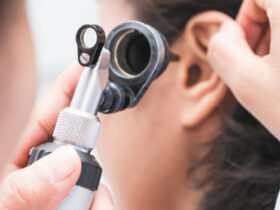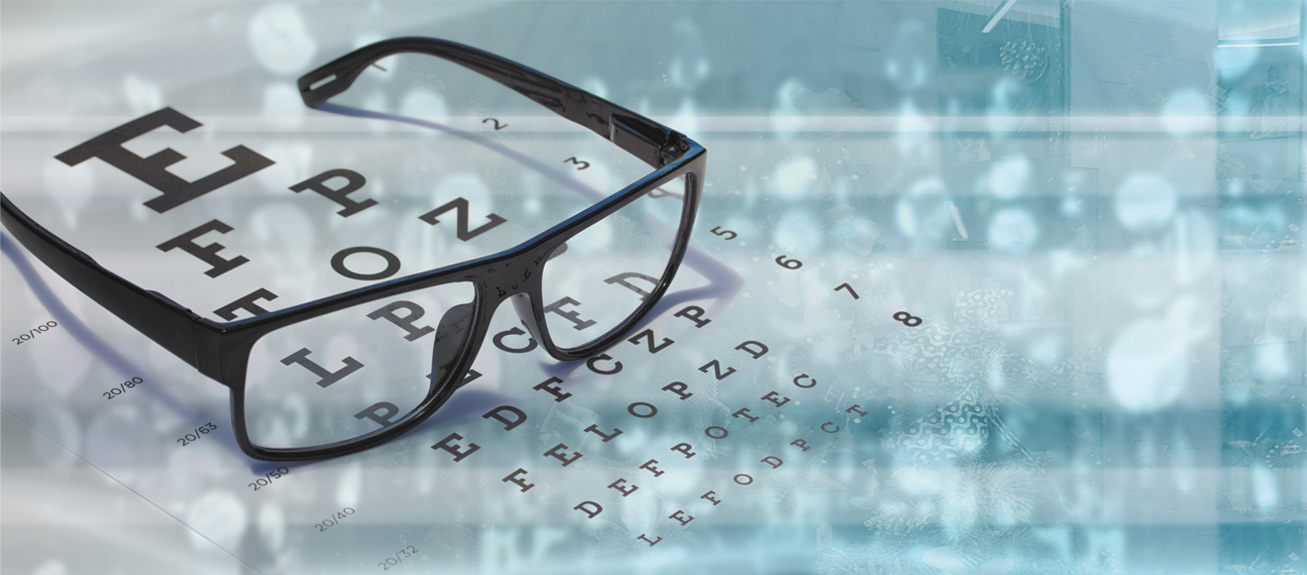By Dr. Amanda Rizner
 Neuromodulators are known as wrinkle-relaxing injections and are comprised of the Botulinum protein. They are commercially known as Botox, Dysport, Xeomin, Jeuveau, and Daxxify. Botulinum has gained widespread recognition primarily for its cosmetic applications, particularly in reducing facial wrinkles. However, its utility extends beyond the realm of aesthetics into various medical fields including oral health. Dentists have begun integrating neuromodulators into their practice to address a range of orofacial conditions offering patients alternative treatment modalities and improved outcomes.
Neuromodulators are known as wrinkle-relaxing injections and are comprised of the Botulinum protein. They are commercially known as Botox, Dysport, Xeomin, Jeuveau, and Daxxify. Botulinum has gained widespread recognition primarily for its cosmetic applications, particularly in reducing facial wrinkles. However, its utility extends beyond the realm of aesthetics into various medical fields including oral health. Dentists have begun integrating neuromodulators into their practice to address a range of orofacial conditions offering patients alternative treatment modalities and improved outcomes.
Understanding Neuromodulator
Injections in Dentistry
Botulinum toxin is a neurotoxic protein produced by the bacterium Clostridium botulinum, known for its ability to inhibit muscle contractions by blocking the release of acetylcholine, a neurotransmitter involved in muscle movement. In dentistry, this is primarily utilized for its muscle-
relaxing properties to address various functional and aesthetic concerns within the oral and maxillofacial regions.
Therapeutic Applications
Bruxism and TMJ Disorders
Temporomandibular joint (TMJ) disorders encompass a spectrum of conditions characterized by pain and dysfunction in the jaw joint and surrounding muscles. Neuromodulator injections can alleviate muscle spasm and reduce pain associated with TMD by inhibiting excessive muscle contractions, providing relief to patients experiencing chronic discomfort.
This is especially helpful for patients who experience bruxism, or teeth grinding. This common parafunctional habit can lead to dental wear, muscle fatigue, and temporomandibular joint problems. Injections into the masseter and temporalis muscles can weaken their contractions, effectively reducing the intensity of bruxism episodes and protecting teeth and restorations from damage. It is important to note that this type of treatment is only recommended after other traditional bruxism and TMD therapies have been initiated. A nightguard or “splint” is often the first line of treatment for these types of issues and neuromodulators must only be considered as an additive therapeutic agent. A dentist must evaluate each patient to understand the true cause of their specific bruxism and TMJ issues in order to see if neuromodulators may be a good treatment option.
Gummy Smile
Neuromodulators have become widely popular as treatment for “gummy smiles.” A gummy smile, characterized by excessive gingival display during smiling, can be a source of aesthetic concern for some individuals. Injections into the hyperactive muscles responsible for elevating the upper lip can reduce gingival exposure, achieving a more balanced and aesthetically pleasing smile.
Adjunctive Cosmetic Procedures
While dentists primarily focus on addressing functional issues, they also recognize the importance of aesthetics in overall patient satisfaction. Neuromodulators can complement various cosmetic dental procedures by enhancing facial harmony and optimizing treatment outcomes. Injections can achieve subtle yet impactful improvements in facial aesthetics, enhancing patients’ confidence and self-esteem.
Types of Neuromodulators
Botox is the most widely known, recognized, and extensively studied neuromodulator on the market. Scientists began experimenting with Botox in the 1970s and it gained its first FDA approval in 1989 for treatment of eye misalignment. Patients normally see treatment initially set in within 5-6 days, with full effects in 2 weeks.
Dysport is similar to Botox but the protein formulation allows a quicker onset of results due to its smaller size. The smaller size allows for a broader range of treatment. Results can be seen in 2-3 days, with full results in 2 weeks.
Xeomin uses the same type of purified protein as Botox, however it does not contain accessory proteins, and can lessen the chance a patient will develop antibodies to its product. Results can be seen in 2-3 days and last up to 3 months.
Jeuveau is another neuromodulator on the market, with a formulation similar to Botox. Its composition has slightly smaller molecules, allowing for a faster 2–3-day onset.
Daxxify recently came into the market claiming to be the longest lasting neuromodulator on the market. What makes this brand unique is that its product is stabilized by a peptide, unlike most others which is stabilized by human serum albumin (a blood product). It’s considered “vegan” as it has no animal or human byproducts. Because of this peptide, some patients are seeing results quickly, within 2 days, and lasting up to 6 months. This is unlike other neuromodulators which typically last around a 3-month period.
Considerations and Precautions
Despite its efficacy, the use of neuromodulators in dentistry requires careful consideration and adherence to best practices to ensure patient safety and optimal results. Dentists must undergo specialized training and certification to administer Botox injections, as well as possess a thorough understanding of facial anatomy and injection techniques. Additionally, proper patient assessment, informed consent, and post-treatment monitoring are essential aspects of responsible neurmodulator administration in dentistry.
CALL OUR OFFICE TODAY!
(941) 529-0055
www.dentistryonfruitville.com










